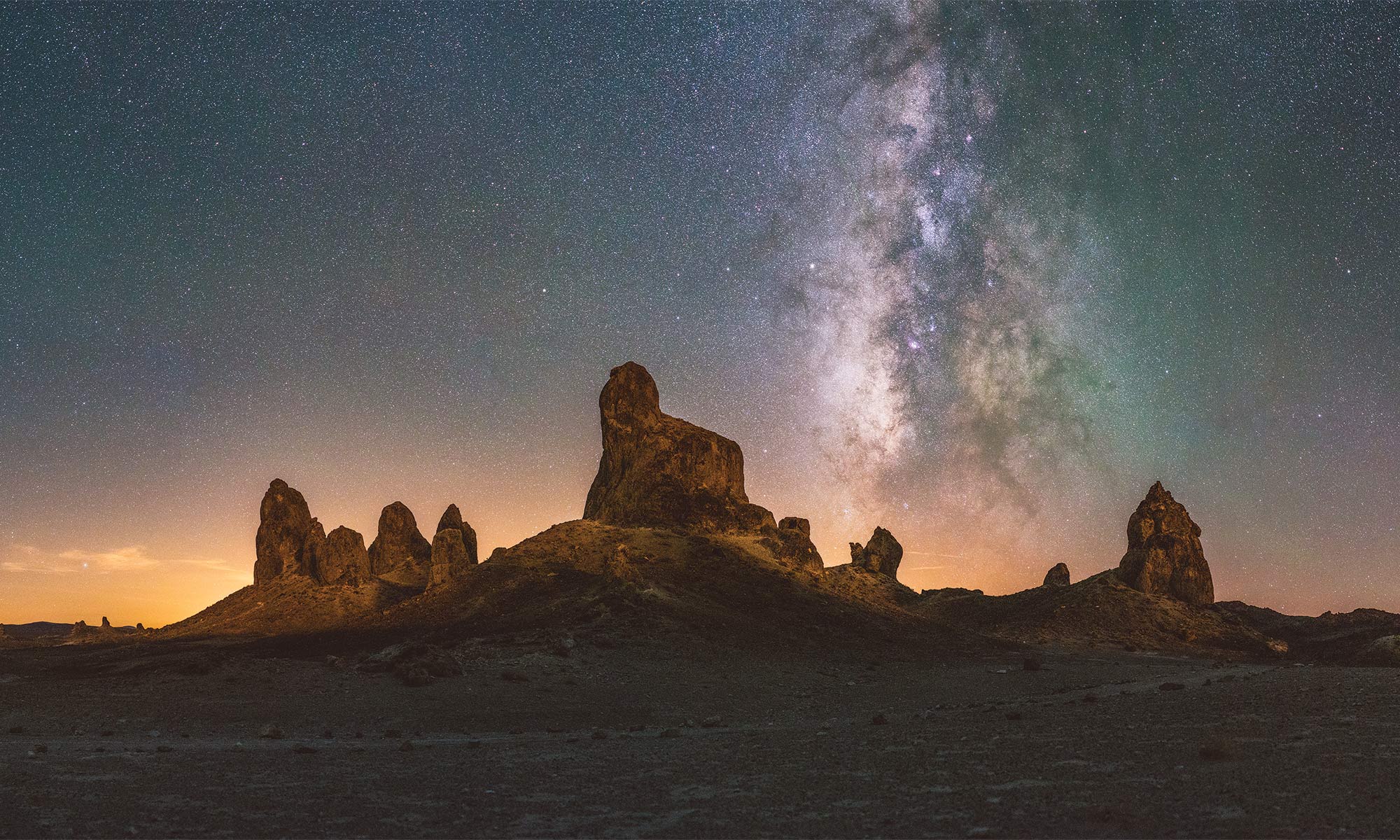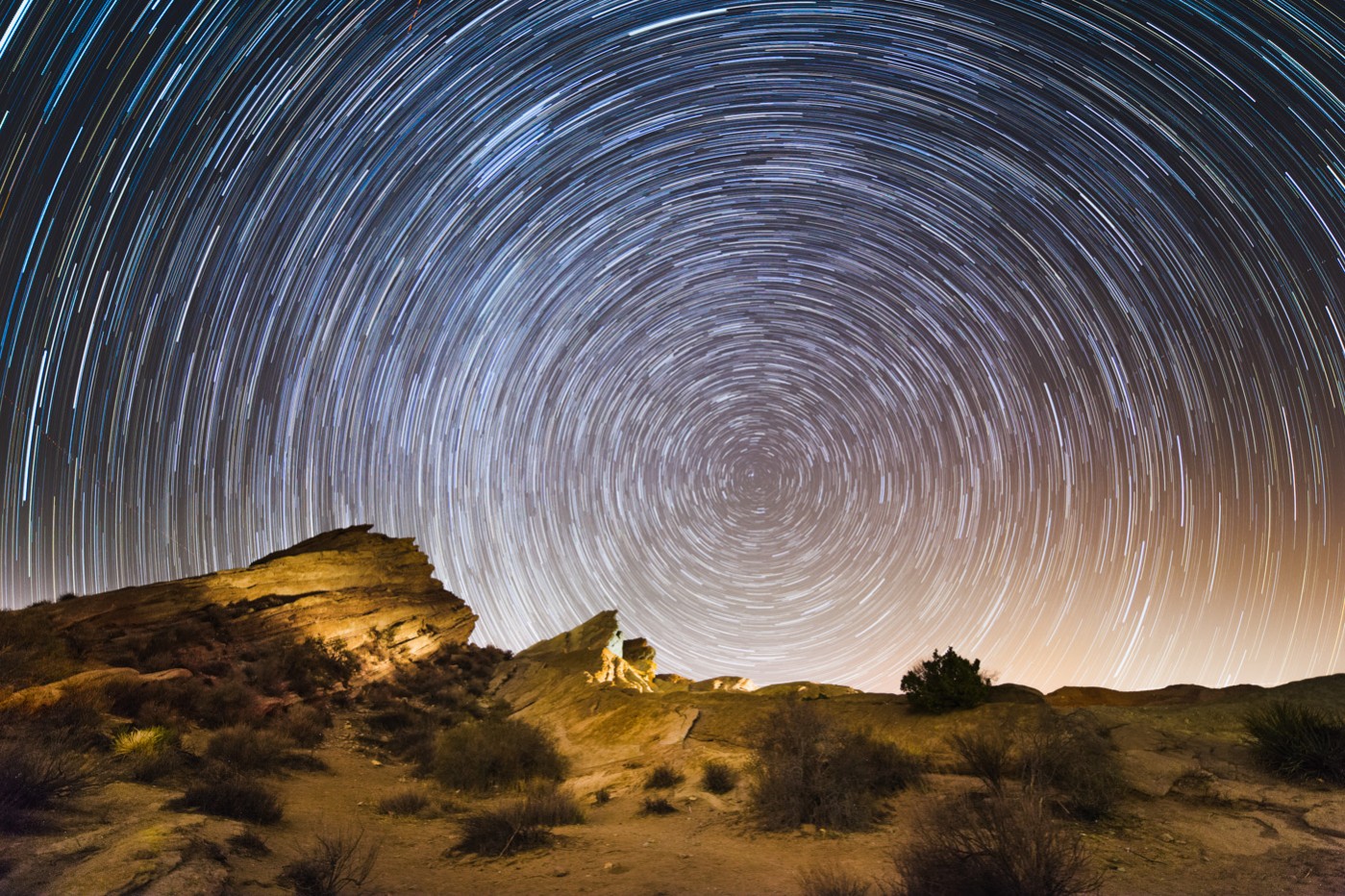Timelapse photography complements night photography well since we’re typically dealing with long shutter speeds and using techniques that require lots of exposures, such as image stacking. The easiest way to make a timelapse is to buy an accessory intervalometer for your camera but I don’t always like carrying a bunch of gear around and an intervalometer is just an extra piece of equipment. So if possible, I prefer a camera that has the interval timer built-in. I’ve scoured the internet to find all the large sensor cameras that have built in intervalometers in their software / firmware. Here’s the list so far:
All of the cameras below feature a sensor that’s 4/3, APS-C or full-frame (or medium format in the case of the 645D/Z) so they should also be great for night photography, especially when paired with a fast wide angle lens. Some of them, however, are fixed lens cameras.
Note that I have not included cameras with which the interval timer shooting only outputs a video file. Only cameras that can record RAW photos with their internal interval timers were included in this list. I’m trying to keep this list relatively complete so if you know of any other cameras that include a built-in intervalometer, or if you see a mistake, please let me know in the comments section below!
[columns gutter=”20″]
[one_fifth]
Nikon
D200
D300
D300s
D3
D3s
D3x
D4
D4s
D5000
D5100
D5200
D5300
D5500
D5600
D500
D600
D610
D700
D750
D780
D7000
D7100
D7200
D7500
D750
D800
D800E
D810
D810A
D850
Z6
Z7
Z5
Z50
Samsung
NX1
NX500
[/one_fifth]
[one_fifth]
Canon
EOS R5
EOS R6
7D Mark II
1100D*
500D*
50D*
550D*
5DS/R
5D Mark II*
5D Mark III*
5D Mark IV
80D
600D*
60D*
650D*
6D*
700D*
7D*
EOS M*
Sigma
fp
sd Quattro
sd Quattro h
DP2 Quattro
DP2x
DP2s
DP2
Hasselblad
X1D 50C
X1D II 50C
[/one_fifth]
[one_fifth]
Leica
Leica Q
Leica Q2
Pentax
K-1
K-1 II
K-70
KP
K-3
K-3 II
K-5
K-5 II
K-5 IIs
K-7
K-50
K-30
K-01
K-r
K-500
645D
645Z
Panasonic
S1
S1H
S1R
GH5
GH4
GH3
GX8
GM1
GM5
G7
G9
[/one_fifth]
[one_fifth]
Fujifilm
X-Pro2
X-Pro3
X-T4
X-T3
X-T2
X-T1
X-T10
X-T20
X-T30
X-T100
X-T200
X100T
X100F
X100V
X-E2***
X-E3
X-A7
GFX 50S
GFX 50R
GFX 100
Olympus
E-M10
E-M10II
E-M10III
E-M10IV
E-M1
E-M1II
E-M1III
E-M1X
E-M5II
E-M5III
E-P5
E-PL9
E-PL10
PEN-F
[/one_fifth]
[one_fifth]
Sony
NEX-5R**
NEX-5T**
NEX-6**
a5000**
a5100**
a6000**
a6100
a6300**
a6400
a6500**
a6600
a7**
a7II**
a7III****
a7R**
a7RII**
a7RIII****
a7RIV
a7S**
a7SII**
a7SIII
a9****
a9II
RX1**
RX1R**
RX1RII**
RX100M3**
RX100M4**
RX100M5**
RX100M7
ZV-1
Ricoh
GR
GR II
GR III
GXR A16
GXR A12
[/one_fifth][/columns]
*Certain Canon EOS cameras require the Magic Lantern firmware hack to be installed to enable a built in intervalometer function
**These Sony cameras require the Time Lapse downloadable app
***Requires Fujifilm X-E2 downloadable firmware version 3.00
****Requires latest Sony firmware
UPDATED: Aug 11, 2020


Wow what a site! Just discovered you guys (through photon collective!).
Do you have any experience with the OM-D cameras and astrophotography? I’ve read terrible things about the E-M1’s noise… It seems like an otherwise fantastic little gem of a camera. Thoughts?
I do have some experience with the E-M1 and I really like it. It is a little more limited by the smaller sensor but there are still some fast lenses available for the Micro 4/3 mount that should prove excellent for astrophotography. At the end of the day I really don’t try to let sensor size bother me and instead look at lens availability. Lenses like the 12mm/2.0 15mm/1.7, 17mm/1.8 and upcoming 7-14mm/2.8 are all excellently fast and perfectly suitable for some landscape astrophotos. I just recently made a trip out to the desert for some night shooting with the Sony RX100 III which has a 1″ sensor and it seemed to do quite well:
Sensor size is only one part of the equation and there are a lot of really great possibilities with smaller sensor cameras out there. The E-M1 and the other m4/3 cameras have a lot going for them.
I guess I was referring to the issues discussed here:
http://www.wrotniak.net/photo/m43/em1-em5-dark.html
and also somewhat here:
http://cameralabs.com/reviews/Olympus_OMD_EM1/EM1_long_exposure_noise_vs_EM5.shtml
One feature of the OMD’s that looks sensational is the Live Composite shown here, for example:
http://www.stevehuffphoto.com/2015/02/11/the-power-of-the-olympus-e-m5-ii-long-exposures/
I am quite torn between the OMDs and the Fuji Xs (E2 or T1)… as I guess many people are.
Thats interesting, looks like long exposure NR is a must on the E-M1. My experience with the E-M1 was all with daytime shooting so I never go to witness that problem. I have gotten some good results from other 4/3 cameras like the LX100.
Gianguido, I had an EM-1 and the long exposure noise is definitely a problem if you are not using the LE NR. It is for this very reason that I sold my EM-1. Now I am using an A7s and am loving it.
Btw, love this site Ian. Keep up the good work!
Really great information as an intervalometer is something i’ve always wanted to get except my pentax kx doesn’t have a plug to receive one. This is why I am looking for a new camera. I have never used one so I am in no way an expert on this subject but would like to outline the features that I expect it to have.
1. Ability to make adjustments to iso
2. Ability to program time start and end
3. Solid battery life
4. In camera stacking – probably not but would be nice